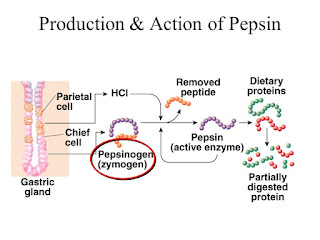Factors affecting rate of SN1
The reactivity of a SN1 reaction is determined by 3 factors:
Substituent
Substituent is the things that attached to the carbocation. As the carbocation formation is rate-determining step, a stable carbocation is necessary. A carbocation is positively charged and it is electron deficient. So it needs some groups/ substituents that are electron-donating. Methyl group (not hydrogen anymore) stabilizes the carbonation by
Leaving Group
A good leaving group is necessary for the reaction to proceed because it is involved in the rate-determining step. It leaves the carbon during the slow ionization step. Therefore, it should be:
Solvent
Recall again that the rate-determining step is ionization (separation of two charges: the carbocation and the leaving group anion). Therefore, we need a highly polar solvent that favors and stabilizes these charges. Protic or aprotic then? Protic! Hydrogen bonding is formed between the anion and the hydrogen of the solvent (typical protic solvent: alcohol and water). The carbocation is stabilized by forming a complex with the non-bonding/ lone pair of electrons of the oxygen of the solvent.
1. the substituent
2. leaving group
3. solvent effect
Note that the nucleophilicity is not considered here but a weak nucleophile is usually preferred.
Substituent
Substituent is the things that attached to the carbocation. As the carbocation formation is rate-determining step, a stable carbocation is necessary. A carbocation is positively charged and it is electron deficient. So it needs some groups/ substituents that are electron-donating. Methyl group (not hydrogen anymore) stabilizes the carbonation by
- the inductive effect (donating electrons through the sigma bond)
- hyperconjucation (donating electrons through the overlap of the sp3 orbital and the empty p orbital)
Leaving Group
A good leaving group is necessary for the reaction to proceed because it is involved in the rate-determining step. It leaves the carbon during the slow ionization step. Therefore, it should be:
- highly polarizing (to stabilize the transition state) (this also means electron-withdrawing)
- a weak base (so it is stable after getting the electrons from its bonding to the carbon atom)
Solvent
Recall again that the rate-determining step is ionization (separation of two charges: the carbocation and the leaving group anion). Therefore, we need a highly polar solvent that favors and stabilizes these charges. Protic or aprotic then? Protic! Hydrogen bonding is formed between the anion and the hydrogen of the solvent (typical protic solvent: alcohol and water). The carbocation is stabilized by forming a complex with the non-bonding/ lone pair of electrons of the oxygen of the solvent.



Comments
Post a Comment